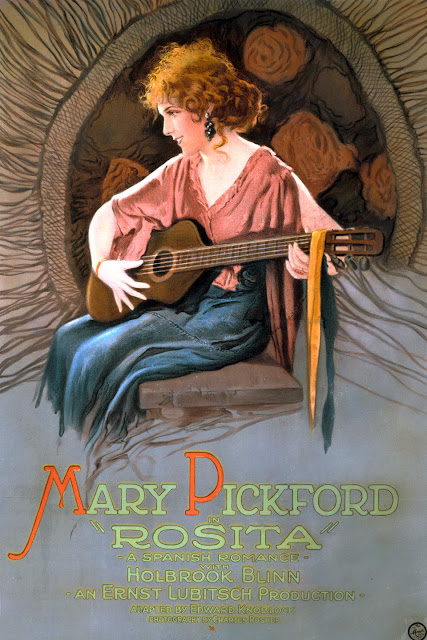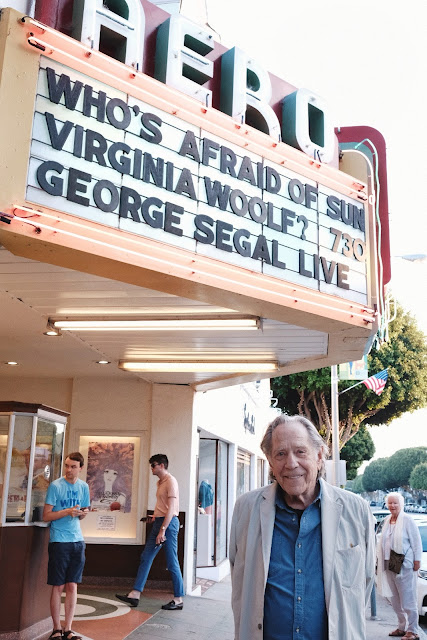Introduction
The Huawei Mate 50 series debuted in September with four Mates hitting the shelves in China - Mate 50, Mate 50 Pro, Mate 50E and Mate 50 RS Porsche Design. Only one of these high-end smartphones eventually left its homeland - the Huawei Mate 50 Pro - and we now have its vegan leather version for review.
The Huawei Mate 50 Pro is already on sale in Europe, and it's only natural we give it the attention it deserves. Yes, it still comes without Google Mobile Services and 5G access, but it's an outstanding cameraphone and a great all-around multimedia device, so write off the Mate 50 Pro at your own risk.
There's a lot to like on the Mate 50 Pro's specs sheet. It's a thin and curved phone with IP68 ingress protection and durable glass atop the screen. The 6.74-inch OLED looks gorgeous - it uses a high-res 1212p panel with 1B colors, 120Hz refresh rate, and HDR10+ support.
The screen notch is not as an eyesore as on the iPhones as it is noticeably thinner. It does contain similar hardware, like a selfie camera, a ToF 3D scanner for proper face identification, and a speaker/earpiece. The ultrawide 13MP selfie camera offers three options for the field of view.

The back camera is the real showstopper on the Huawei Mate 50 Pro, and it's as cool as you can imagine. The primary 50MP RYYB sensor comes with a unique stabilized lens with a true variable aperture (f/1.4-f/4.0). Then there is the 13MP ultrawide camera with autofocus and macro capabilities.
The 64MP telephoto camera has a periscopic lens for 3.5x optical zoom, though Huawei promises good photo quality of up to 10x zoom thanks to the high-res sensor. The whole camera system is aided by a 10-channel multispectral sensor and laser autofocus.
Being a flagship requires a high-end chipset, and that's why the Mate 50 Pro is based on the Snapdragon 8+ Gen 1 SoC, even if it's limited to 4G connectivity. You can choose between 256GB and 512GB storage.
The Mate 50 Pro's 4,700mAh battery charges at impressive rates, too - you can use 66W fast wired charging right out of the box or opt for Huawei's 50W wireless charger.
The Huawei Mate 50 Pro runs on EMUI 13, which incorporates Android 12 core inside. There is no GMS, and you can't sideload the Google Play Store or other Google apps on this phone.
Huawei Mate 50 Pro specs at a glance:
- Body: 162.1x75.5x8.5mm, 205g; glass front, aluminum frame, glass or leather back; IP68 dust/water resistant (up to 6m for 30 mins).
- Display: 6.74" OLED, 1B colors, 120Hz, 1212x2616px resolution, 19.43:9 aspect ratio, 428ppi.
- Chipset: Qualcomm SM8475 Snapdragon 8+ Gen 1 4G (4 nm): Octa-core (1x3.19 GHz Cortex-X2 & 3x2.75 GHz Cortex-A710 & 4x2.0 GHz Cortex-A510); Adreno 730.
- Memory: 256GB 8GB RAM, 512GB 8GB RAM; UFS 3.1; NM (Nano Memory), up to 256GB (uses shared SIM slot).
- OS/Software: EMUI 13 (International); HarmonyOS 3.0 (China).
- Rear camera: Wide (main): 50 MP, f/1.4-f/4.0, 27mm, PDAF, Laser AF, OIS; Telephoto: 64 MP, f/3.5, 95mm, PDAF, OIS, 3.5x optical zoom; Ultra wide angle: 13 MP, f/2.2, 13mm, 120˚, PDAF.
- Front camera: Wide (main): 13 MP, f/2.4, 18mm; Depth: TOF 3D.
- Video capture: Rear camera: 4K@30/60fps, 1080p@30/60/120/240/480fps, 720p@960fps, 720p@3840fps, HDR, gyro-EIS; Front camera: 4K@30/60fps, 1080p@30/60/240fps.
- Battery: 4700mAh; Fast charging 66W, Fast wireless charging 50W, Reverse wireless charging 5W.
- Misc: fingerprint reader (under display, optical); NFC; Infrared port; stereo speakers.
Aside from the unavoidable omissions, one more thing is worth mentioning. The Orange version of the Mate 50 Pro, the one with the faux leather back, is the only one featuring the durable Kunlun Glass protection. The Black and Silver models have tempered glass on both sides, but the sheets are of unknown origin and less durable (Kunlun Glass is 10 times more drop resistant than the ones used on the Black and Silver versions).
Mind you, the European Mate 50 Pro version also doesn't offer the support for BDS Satellite Messages of its Chinese counterpart.
Huawei has already built a strong ecosystem of products, so you may find the phone being sold in a bundle with a Huawei GT3 watch, Freebuds, or other Huawei tech. If you already own some Huawei gadgets, including laptops, the Mate 50 Pro would integrate nicely with those - making a strong point of why you should consider it as your daily driver.
Unboxing the Huawei Mate 50 Pro
The Huawei Mate 50 Pro retail bundle is as rich as you'd expect. The box contains a 66W charger, a 6A-rated USB-A to USB-C cable, and a transparent soft case.

The phone also arrives with a thin curved film on its screen for extra protection, but it is quite the fingerprint magnet, so we chose to get rid of it quickly.






































